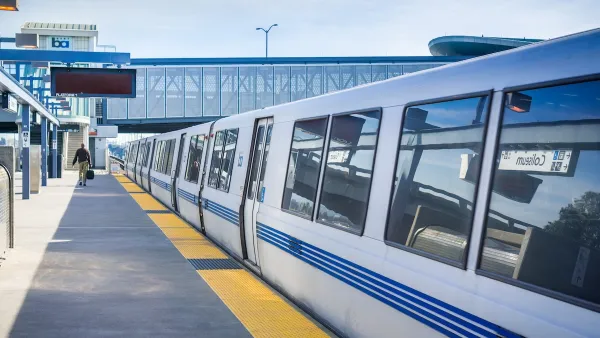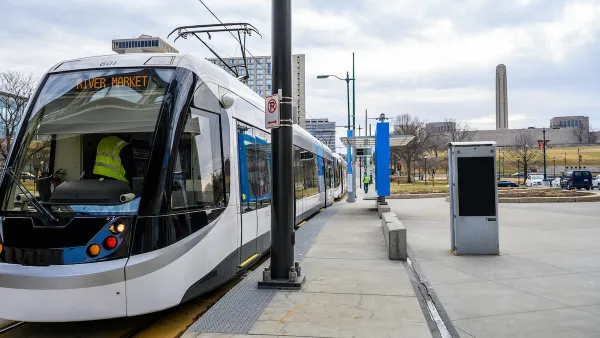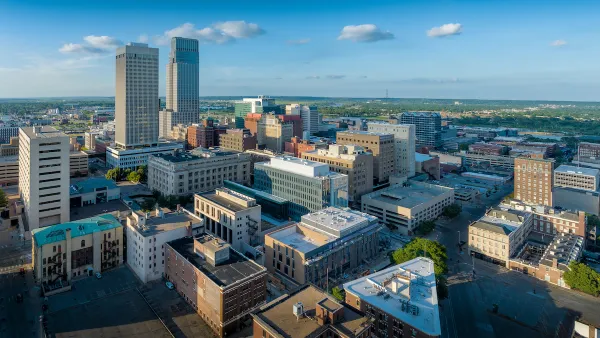S.F. historian Carl Nolte examines S.F.'s vibrant streetcar history and today's modern light rail replacements.
"Streetcars were (once) the clunkiest things in the world, expensive, noisy, old-fashioned. Nearly every big city in the country had them, and in the '40s and '50s, nearly every big city ripped up the tracks and junked the streetcars. They were dinosaurs. Now they are hip. How did that happen?
San Francisco was one of the few places that kept a few streetcar lines, mostly because the city fathers (no city mothers in those days) couldn't figure out a way to run buses through the Twin Peaks tunnel.
Streamlined cars - kids called them "Green Torpedoes" - gave the streetcars a reprieve in the '50s, but not until 1980, when the Muni Metro subway opened, did rail transit get off the endangered list.
But anybody who has lived here awhile knows how it is in San Francisco - out with the old! In with the new! Out with the new! Back to the old!
A generation later, San Francisco has emerged with a two-tier rail system - the modern Muni Metro, and the antique and highly successful F line, featuring old streetcars from around the world.
Now San Francisco's Muni carries close to 1 million customers a week on the rail lines. In the subway, it's not your grandfather's Muni. For one thing, Muni is big on the Internet. There is a site - the N-Judah Chronicles - devoted to life on the N line.
There are at least six blogs that deal with the agency at least some of the time. My favorite is MUNI Haiku. One sample from the J-Church line: "We stopped in the tunnel/we stopped in the tunnel again/nobody said a word."
FULL STORY: Riding the city rails

National Parks Layoffs Will Cause Communities to Lose Billions
Thousands of essential park workers were laid off this week, just before the busy spring break season.

Retro-silient?: America’s First “Eco-burb,” The Woodlands Turns 50
A master-planned community north of Houston offers lessons on green infrastructure and resilient design, but falls short of its founder’s lofty affordability and walkability goals.

Delivering for America Plan Will Downgrade Mail Service in at Least 49.5 Percent of Zip Codes
Republican and Democrat lawmakers criticize the plan for its disproportionate negative impact on rural communities.

Test News Post 1
This is a summary

Test News Headline 46
Test for the image on the front page.

Balancing Bombs and Butterflies: How the National Guard Protects a Rare Species
The National Guard at Fort Indiantown Gap uses GIS technology and land management strategies to balance military training with conservation efforts, ensuring the survival of the rare eastern regal fritillary butterfly.
Urban Design for Planners 1: Software Tools
This six-course series explores essential urban design concepts using open source software and equips planners with the tools they need to participate fully in the urban design process.
Planning for Universal Design
Learn the tools for implementing Universal Design in planning regulations.
EMC Planning Group, Inc.
Planetizen
Planetizen
Mpact (formerly Rail~Volution)
Great Falls Development Authority, Inc.
HUDs Office of Policy Development and Research
NYU Wagner Graduate School of Public Service





























